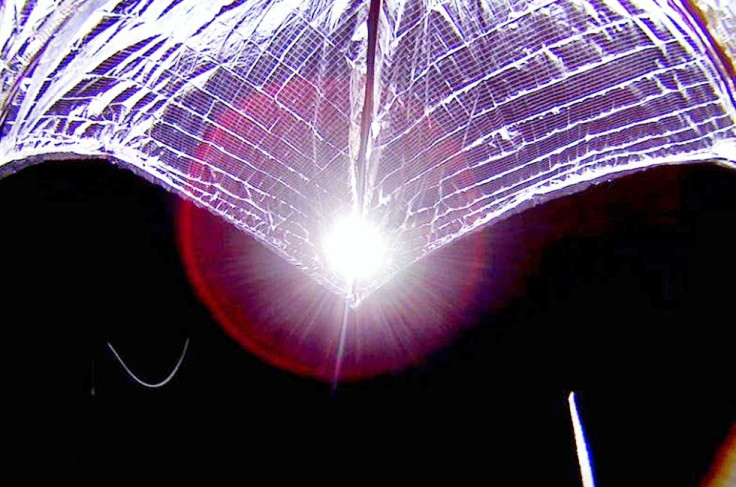LightSail 2 Flies In Space Powered Only By Sunlight

LightSail 2 is now sailing on sunbeams and it's a dream come true.
The revolutionary spacecraft has unfurled its thin Mylar sail and is now moving through space, again confirming sunlight alone can power a spacecraft. The unfurled solar sail is the size of a boxing ring (about 344 square feet or 32 square meters) and designed to catch enough sunlight to climb some three-tenths of a mile per day without the use of traditional thrusters and propellant.
LightSail 2 is designed to test solar sail or lightsail technology that uses the pressure of sunlight for propulsion. It was deployed from a three-unit (3U) CubeSat built by the Planetary Society and launched by a SpaceX Falcon Heavy rocket on June 25. The LightSail 2 spacecraft's core measures 10 cm × 10 cm × 30 cm.
"It's really a romantic notion that has tremendous practical applications," said Bill "The Science Guy" Nye, CEO of the Planetary Society, before the launch of LightSail 2.
"We share the technology with the world, and we are very excited about this launch because we're going to get to a high enough altitude ... that we're really going to be able to build orbital energy and take some, I hope, inspiring pictures."
A few days after separating from Prox 1 (its carrier CubeSat), LightSail deployed solar panels to begin recharging its lithium-ion batteries. Ground control then sent the command to open the sail on July 23.
“Our criterion for mission success was to demonstrate controlled solar sailing in a CubeSat by changing the spacecraft’s orbit using only light pressure of the sun,” said Bruce Betts, the LightSail program manager at the Planetary Society.
“This is something that’s never been done before in a small spacecraft.”
Betts said the high point or apogee of LightSail 2’s orbit had increased by more than a mile (or1.7 kilometers) over the preceding four days. LightSail 2 does not carry any other means of propulsion so engineers attributed the orbit change to solar sailing.
The pressure from solar photons or units of light imparts a tiny measure of acceleration on the sail, but it will be enough to change LightSail 2’s orbit.
“This is a very exciting day for us, and for me personally,” said Nye. “This idea that you could fly the spacecraft, that you could get propulsion in space, from nothing but photons is really counterintuitive. It’s surprising. And for me, it’s very romantic that you’ll be sailing on sunbeams.”




























